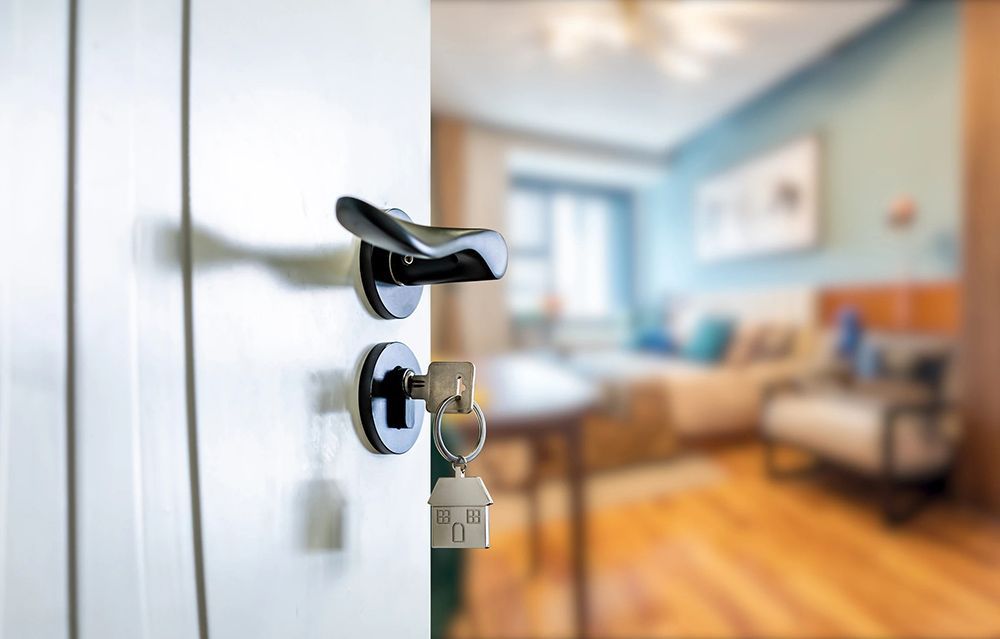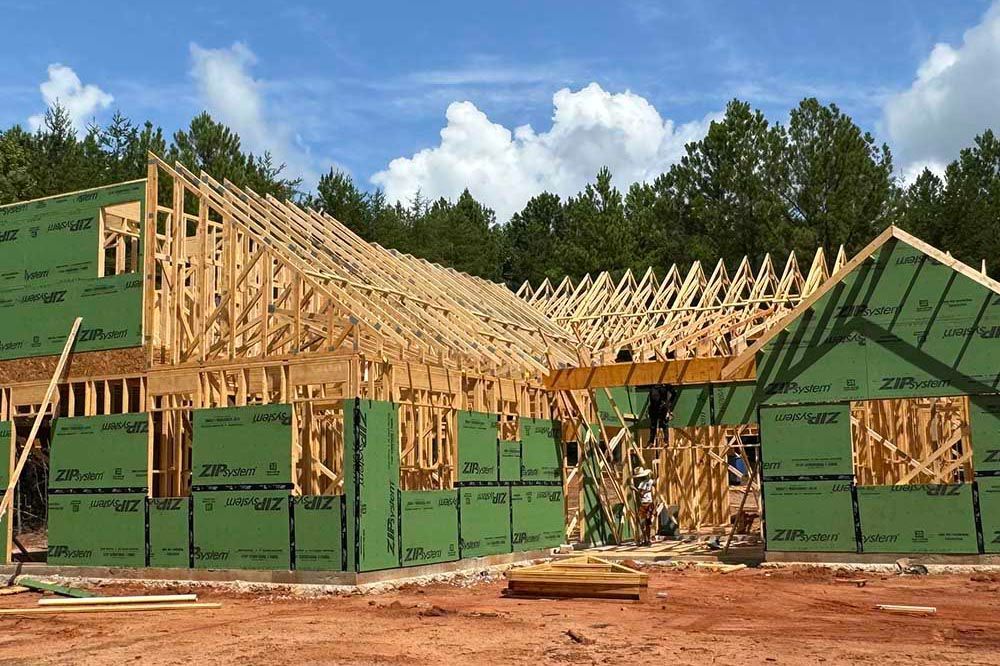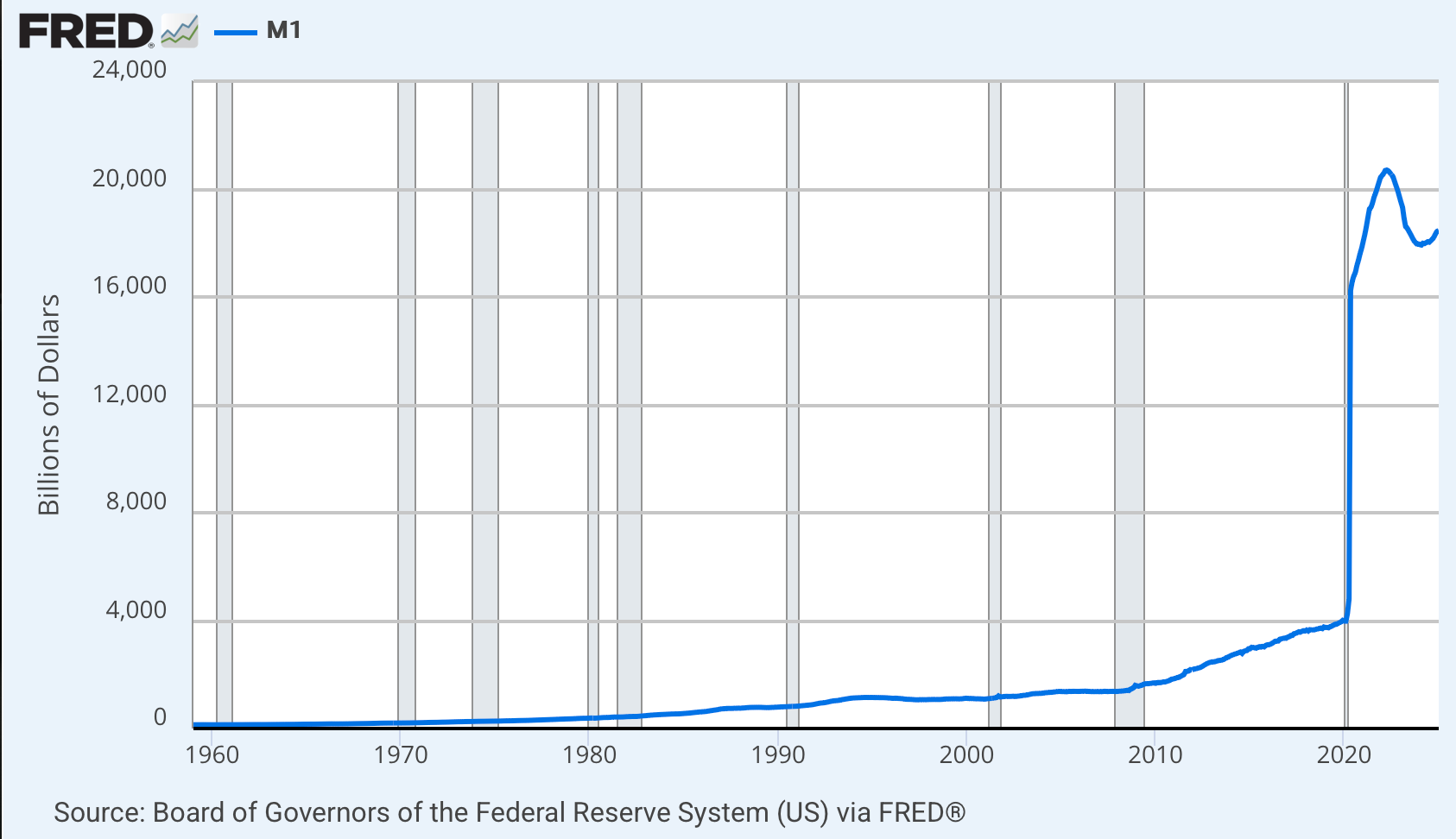Blog: 1031 Exchange: An Overview and Benefits for Investors

Investors often ask if we can do a 1031 exchange on a property to defer taxes on the gains upon sale. A syndication structure (apartment or self-storage) does make it more challenging to do a 1031 exchange but it can certainly be done.
Here at Alpha Equity Group, we plan to do a 1031 exchange upon the sale of each asset and bring investors along with us. And we do provide options to investors to liquidate their shares if they want to get out.
Before we get into the mechanics of the 1031 exchange, let’s dive into what a 1031 exchange is and why it is important to consider using the 1031 exchange to build your wealth.
What is a 1031 exchange?
A 1031 exchange is a powerful tax deferral strategy that was originally started in 1921 a short 3 years after the first income tax code was enacted by Congress. Since then, it has had a complicated history and has gone through several iterations. When it was first enacted, almost 100 years ago, it allowed for non-like-kind exchange provisions, but this was quickly eliminated in 1924.
The current 1031 tax code allows like-kind real estate asset exchange to defer capital gain taxes. This can only be performed with real estate capital gains (psst… there is even a strategy to be able to use this on your primary residence which we cover in this article).
Why is it important to know how to leverage a 1031 exchange?
One of the major benefits of doing the 1031 exchange is the ability to defer the tax on capital gains and to avoid depreciation recapture. However, if you sell and take the proceeds out instead of opting for the 1031 exchange you will pay the capital gains tax.
If you can continue to 1031 exchange until you die, your “basis” in the property will reset to the current value of the investment when you die as the investment is handed down to your heirs. This is called a “basis step up”. This is also why the 1031 exchange is often called a “legacy wealth play” as this allows you to never pay capital gains (or depreciation recapture) and to leave more to your family when you pass away.
Another reason to consider a 1031 exchange is to keep your capital working hard with minimal downtime. It can be very frustrating for an investment to liquidate, and then you are having to search for a replacement investment and earning no income.
All these reasons together, help you build passive cashflow now and generational wealth later and we love working with investors for the long haul in building wealth as opposed to one off investments.
How is the 1031 exchange executed?
When we have decided to sell a property, we will poll the limited partners in the entity that holds the asset to see if they want to participate in the 1031 exchange. We do this early in the sales process since the next property (called a replacement property) must be identified within 45 days of closing. Then we must close on the new property within 180 days from closing to qualify. To remain compliant with the tax code, we must use a qualified intermediary to handle all funds between the sale of the initial asset and the purchase of the replacement asset.
When we poll investors via email, we do our best to have an asset identified to exchange into, but it’s not always the case. As the limited partner investor, you will have two choices: participate in the 1031 exchange or to liquidate your proceeds.
If you choose to participate in the “exchange” your initial capital and capital gains from the sale must roll over in the exchange. Completing the survey by the requested deadline is the only action you need to take until documents are ready for signature. Depending on the next asset being purchased, if you participate in the 1031 exchange, it may also be possible to add to your initial investment.
If you do not participate in the 1031 exchange; you’ll provide disbursement instructions for how you’d like to receive your proceeds from the sale.
In either case, be sure to consult with your tax professional to understand your complete tax situation.
In Conclusion
Completing a 1031 exchange can be very tricky as there is a certain timeline and many moving parts that must be followed for it to work properly, according to the IRS guidelines. Hence, the reason why you will find that many operators choose not to do a 1031 exchange at all at the end of their deals since it takes more time, energy, and effort to complete the transaction.

Quick Links
Subscribe
Subscribe to receive the latest AEG articles about CRE investing, industry and market insights, and company updates.
invest@alphaequitygroup.com
Investment Disclaimers:
- Past performance is no guarantee of future results. No representation is made that the firm will or is likely to achieve its objectives or that any investor will or is likely to achieve results comparable to those shown or will make any profit at all or will be able to avoid incurring substantial losses.
- In many of the firm’s offerings, investors must be “accredited investors” as defined in regulation d under the securities act. In such cases, investors will be required to submit verification of their accredited investor status through the verify investor platform. The firm will not accept any investments from investors who are unable to submit verification of accredited investor status for relevant offerings. The principles, in their sole discretion, may decline to accept the subscriptions of, and admit, any investor as a member for any or no reason.
© 2024 Alpha Equity Group, LLC



